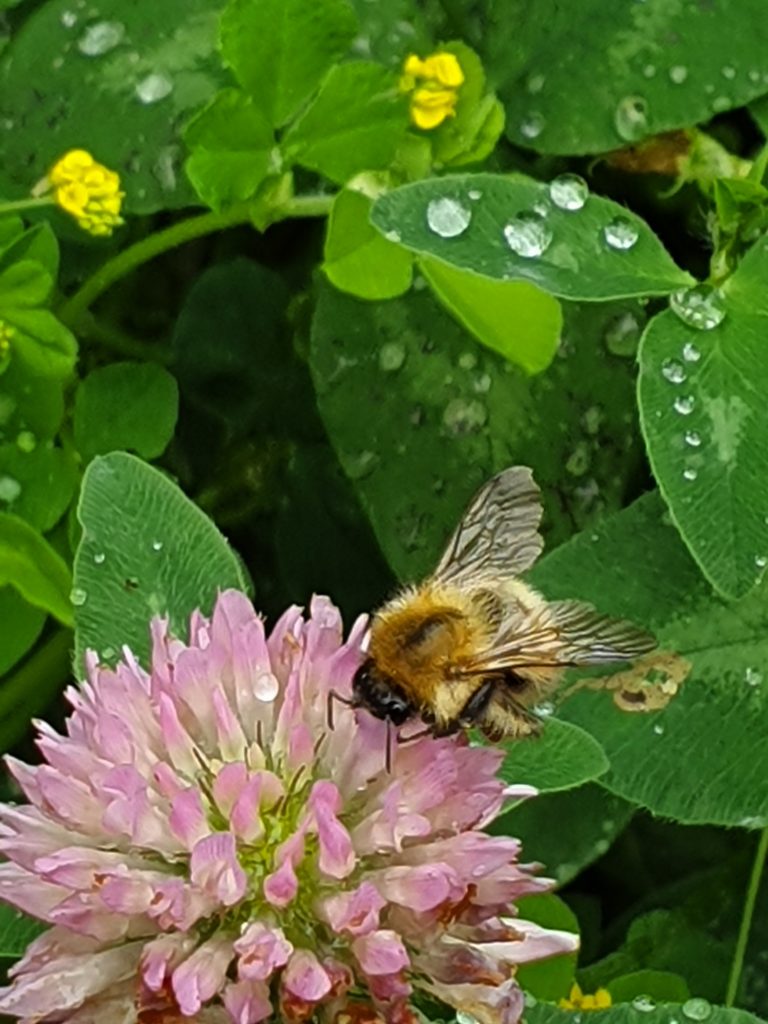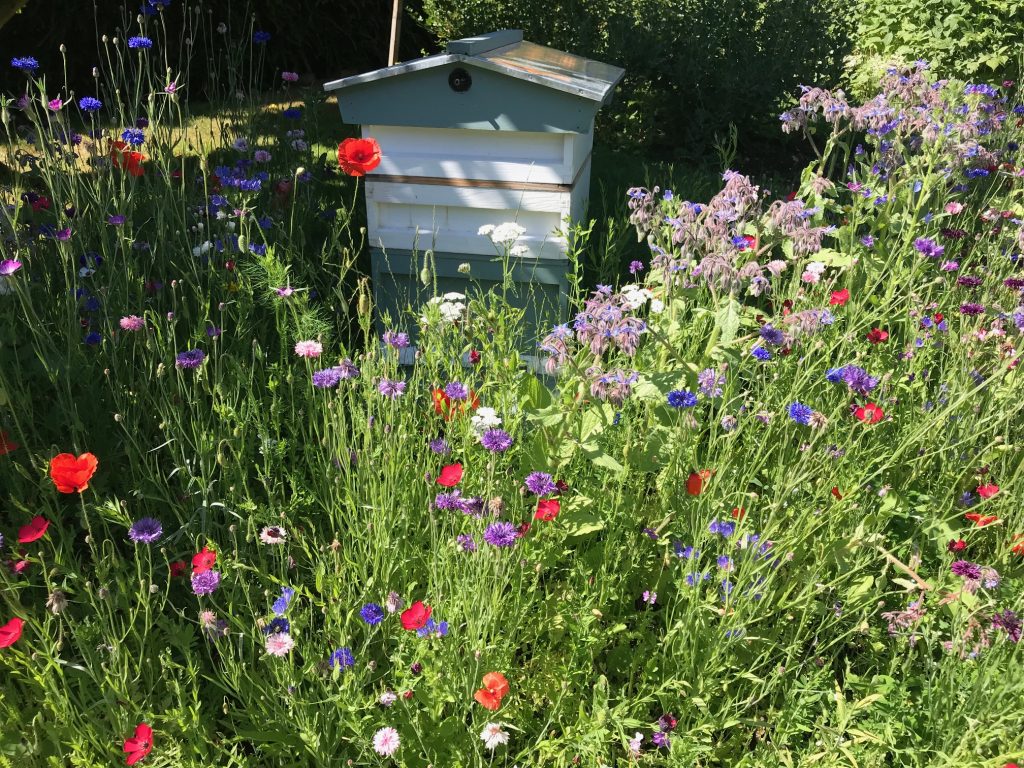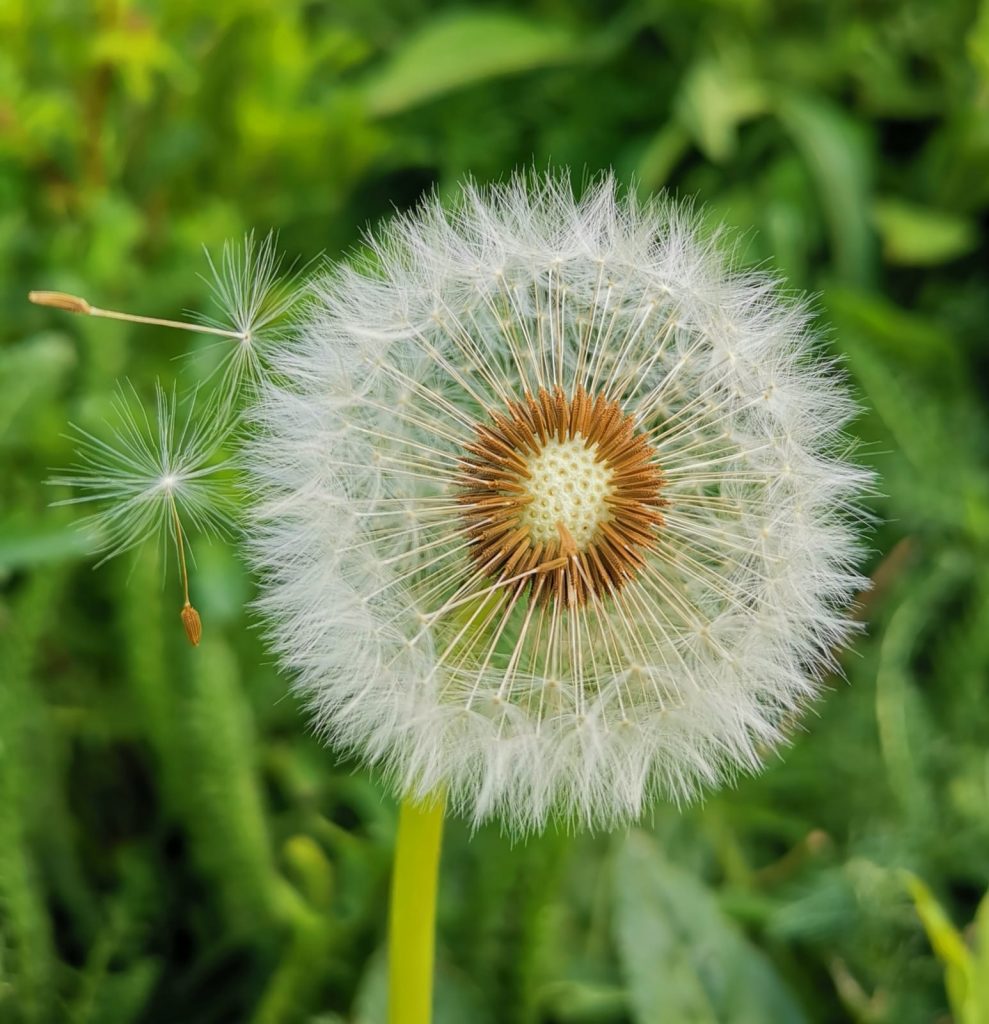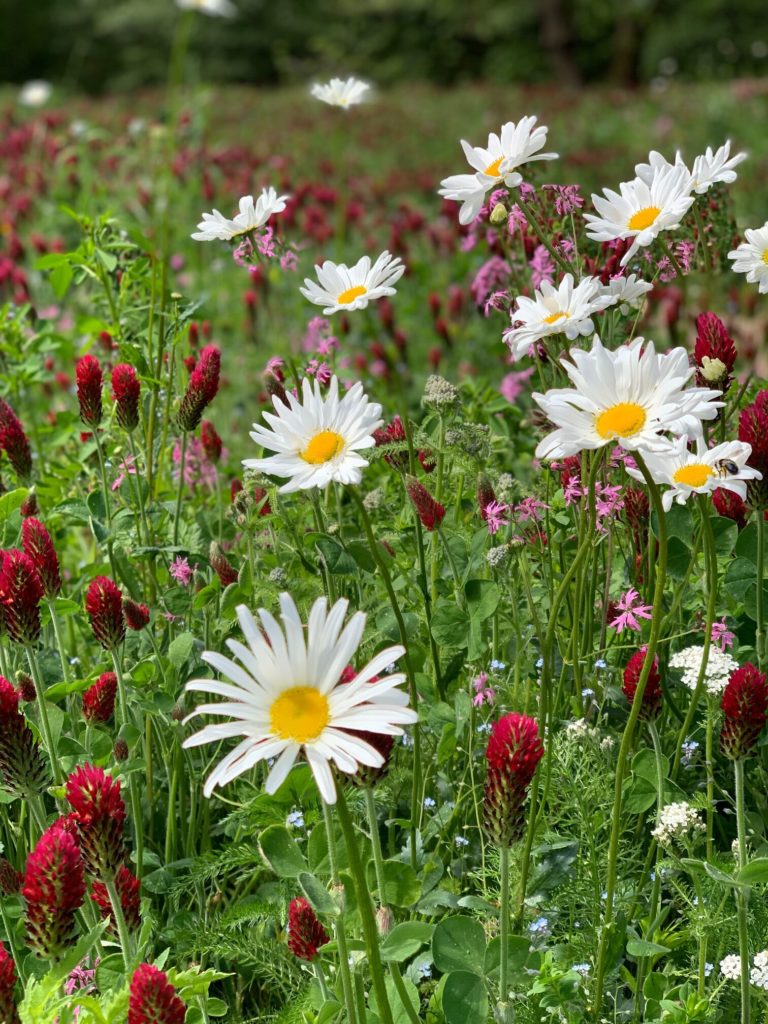As we all look forward to the end of May Bank Holiday and a three day weekend we have another very welcome guest blog from Kristen Chapple; Kristen is the editor and content creator at ecopeanut.com She is passionate about sustainable living and interior décor with a soft spot for DIY projects.
Despite being tiny creatures, bees play a key role in the sustainability of the ecosystem and agriculture. Most flowers and plants depend on bees as pollinators. Bees also help discourage harmful pests from invading the plants, that is why you should plant bee-friendly plants and flowers in your garden.

Summer heat, however can take a toll on them and prevent them from doing their job. One of the most common misconceptions about bees is that you can just let them go in summer. Well, you could, but this will affect honey production, especially if there is a problem in your beehives. Summer can also be tough on your plants, so here are some unique tips for gardening and beekeeping this summer.
1. Keep the Beehive Cool
The temperature of the beehive is crucial to the health of the colony. And with the summer heat being too much for them, it’s crucial that you place them in a shadier spot. But make sure the hives are facing east for the bees to enjoy the morning sunshine. You could plant trees in your garden to provide the needed shade. And if you don’t have a shady bushy area in your garden, you can put a tent over the beehives.
You should also ensure that you have some freshwater around. If you have a pond nearby then, make sure it never dries up. And if you don’t, you should create some. Don’t ever assume that your bees will satisfy their water needs independently. After all, a strong colony needs about a litre of water during the warm summer days. One of the best methods for providing water to your bees is putting some rocks in your birdbath so that they don’t drown.

2. Plant Bee-Friendly Plants That Can Help You Attract More Native Bees
With bees being active in spring and early summer, this might be the best time to attract more bees to your hives. And one of the best ways to attract bees in your hives is by planting bee-friendly plants like Ox Eye Daisy, Common Knapweed, Wild carrot, Birdsfoot Trefoil, and Kidney Vetch, among others. These plants can help attract bees into your garden, and with the living conditions being just right, they may stay there for a very long time.
3. Avoid Using Pesticides or Herbicides
Despite being helpful, herbicides and pesticide can be quite toxic to bees. Therefore, make sure that you prevent pests using organic methods. After all, you don’t want to work hard to keep your bees only for them to be killed by the toxic chemicals in your pesticides. Plus, the chemicals can discourage them from pollinating your plants, and this will affect your production. So try and keep everything as clean as possible.
4. Appreciate the Beauty of Some Weeds in Your Garden
We all dislike weeds and always pull them out as soon as they start growing in our gardens. But as a beekeeper, you should avoid pulling some weeds from your garden. After all, they are an essential source of food for bees. Clovers, dandelions and other flowering weeds can be great food sources for our bees. Therefore it’s crucial that you let them grow and cover the ground during the hot summer months. These weeds can also help the soil preserve moisture.

5. Add Some large stones in Your Garden to MIX Up the Terrain
Most beekeepers suggest that you should add some larger stones in your garden to encourage the bee-friendly creeping plants to grow. Plants like spreading Wild Marjoram and Thyme can thrive in a farm with stones. Plus, allowing them to grow vertically can increase the surface area for your bees to pollinate. These stones can look great and can also make your garden stand out.
6. Apiary Location
Despite being under shade, you should ensure that the beehives are situated in a place where they can easily access pollen and nectar. So make sure you plant bee-friendly plants near where your hives are situated. The hive should also be placed away from the wind and the public since most people fear them. Bees can become very aggressive when provoked; therefore, it’s better to keep them away from the public.
7. Plant the Flowers in Colour Blocks
Instead of mixing your flowers and plants in the garden, you can plant the bee-friendly plants in colour blocks. Other than improving the overall appeal of your garden, planting like-colours plant together can help the bees locate the flower easily when foraging.

8. Pest Control
Bees are delicate creatures that can be eaten by a wide range of pests; therefore, its crucial that you monitor your beehives and the garden for the following pests:
Argentine Ants
These ants can destroy your hive by eating the brood and the honey. And since you can’t spray your hive as it will also kill your bees, you can prevent them from reaching the hives using a physical barrier. You can place some plastic tubs filled with water around each leg of the hives.
Small Hive Beetles
These beetle’s larvae can eat every part of your hive, and this includes the baby bees. So make sure you kill them on site.
Varroa Mites
Varroa mites are the most dangerous pests that can threaten the existence of your bees. These mites suck the blood of bees and even lay their eggs in the brood cells. Their larvae consume bee babies and infect them with a virus that weakens them.
Final Thoughts
Beekeeping and gardening go hand in hand; therefore, you should try and make your farm bee-friendly. Try and plant some bee-friendly plants and flower that can attract more native bees to your garden. Unfortunately, mid and late summer can be associated with drought in some places. And this can result in a low food supply for your bees. So make sure you give them some simple sugar syrup to help supplement the natural nectar supply. The sugar syrup might not be enough to help them produce more honey, but at least it will keep them nourished.